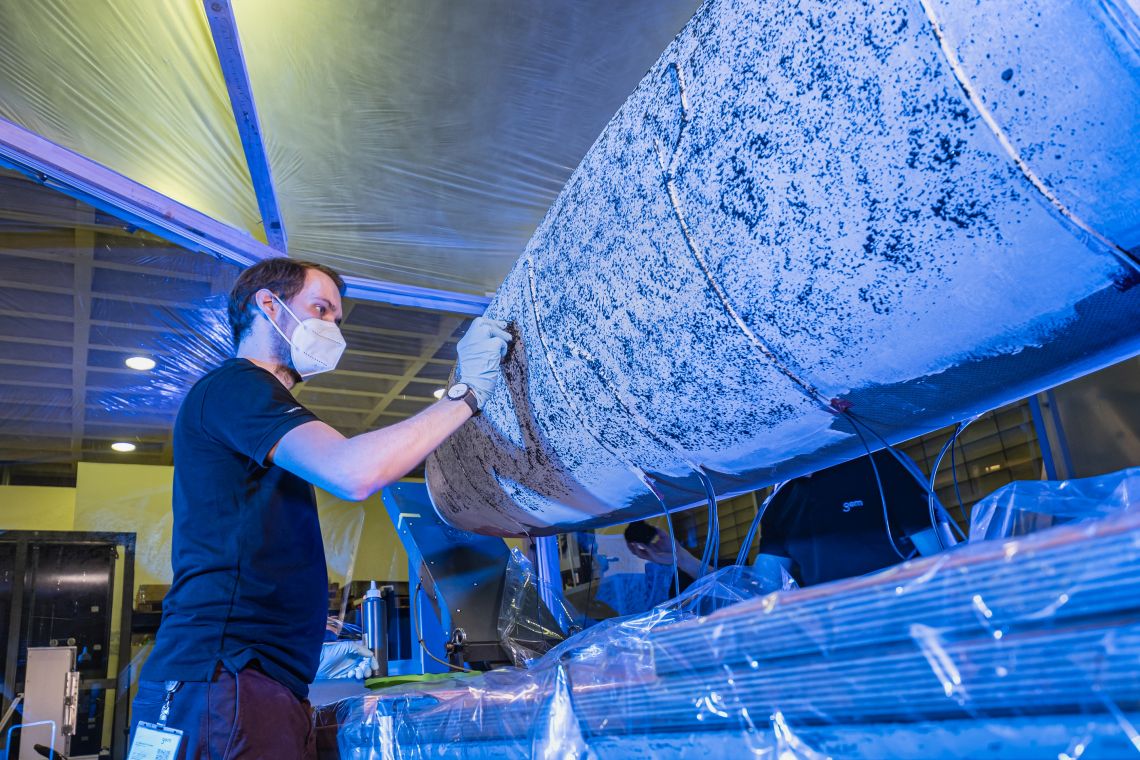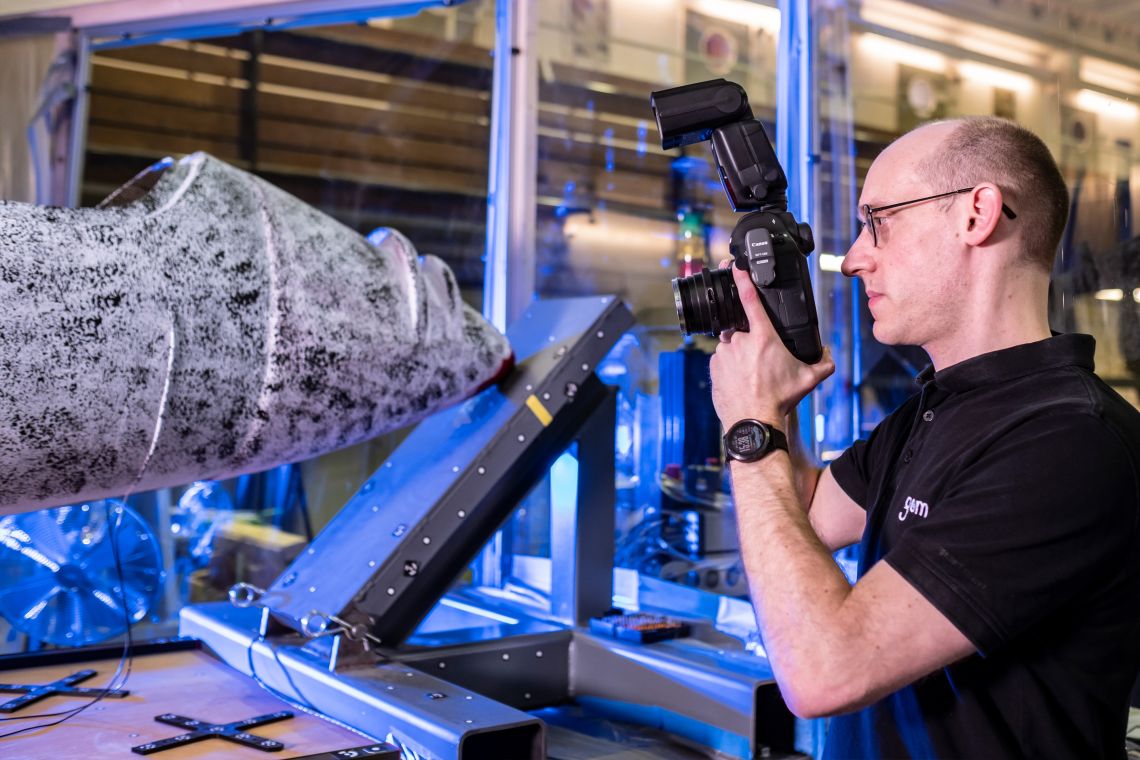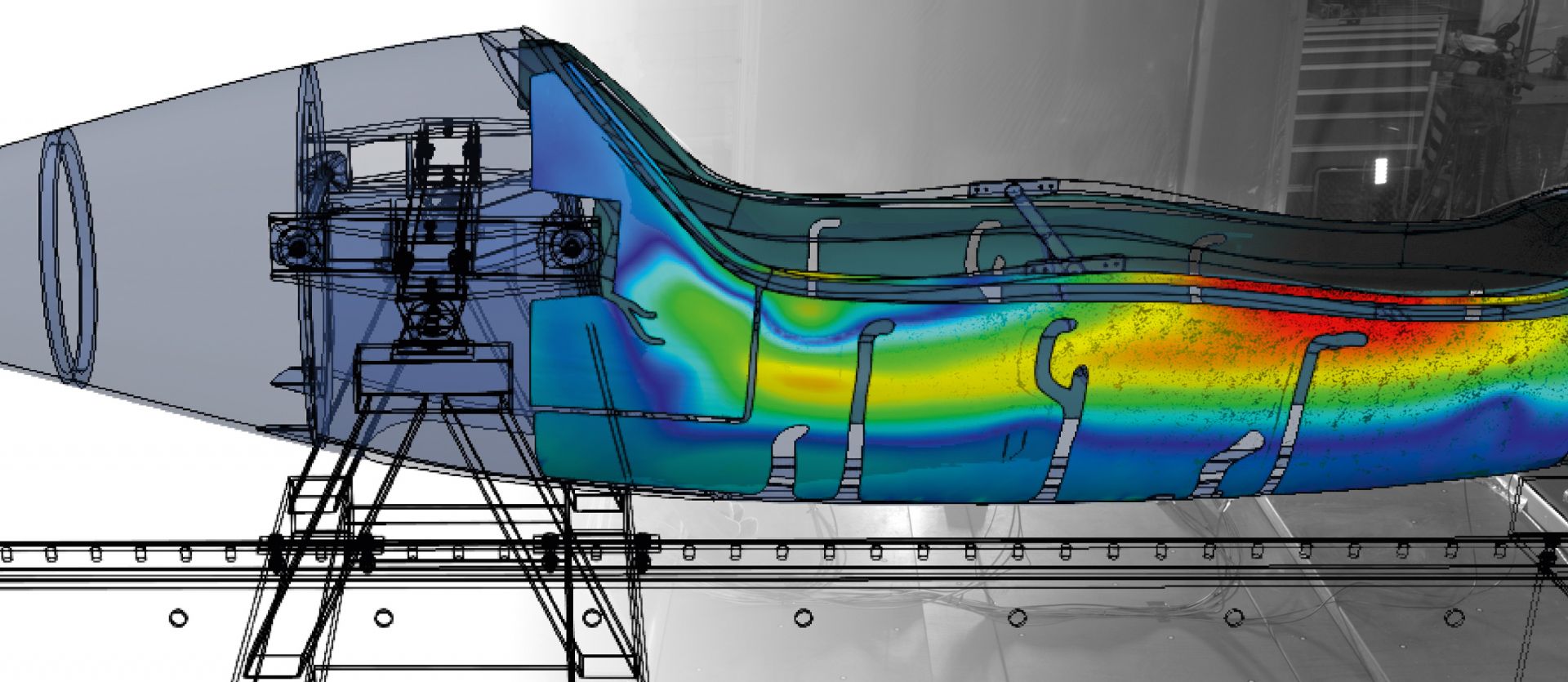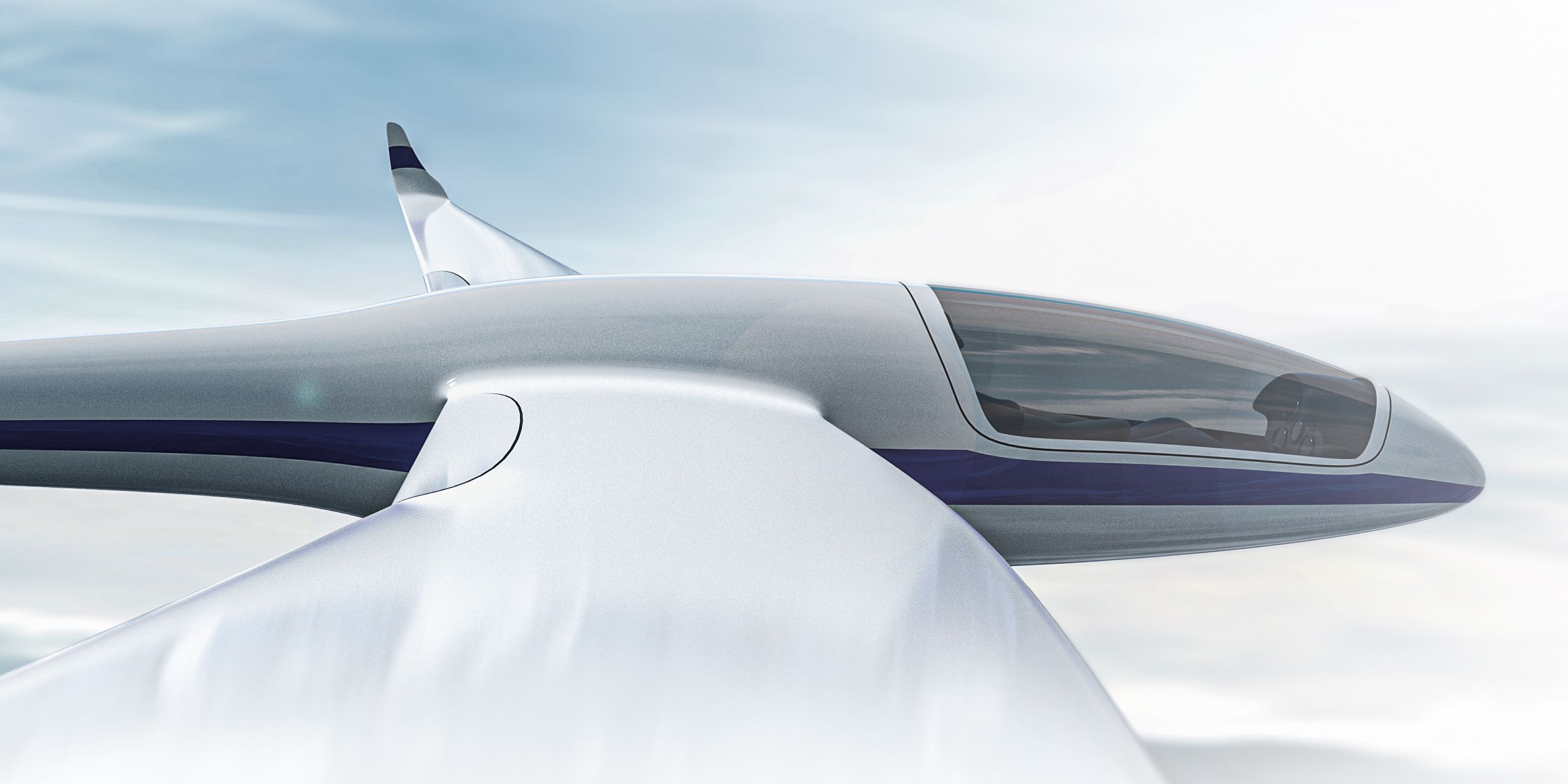The future of aerospace
By Hook or by Crook
Structural tests in the aviation industry
Students design new aviation concepts in Academic Flying Groups (Akademische Fliegergruppe, abbreviated Akaflieg) in order to apply what they have learned during their studies. More often than not they come up with unique prototypes. Brunswick’s Club can look back on a proud history: Prototypes identified as SB (sailplane Braunschweig) boast flight records, won competitions and provided fresh ideas for aviation.

20 m high-performance two-seater
The SB 15 prototype is a high-performance tandem two-seater with a wingspan of 20 m and an ergonomic cockpit. The fuselage structure has been reinforced to enhance passive occupant protection. The two-seater’s fuselage has to undergo several tests before being granted the type certification from the German Federal Aviation Office. It must be demonstrated, for instance, that the survival cell will accommodate both pilots in the event of a crash.
Verification of airworthiness with ARAMIS
The purpose of the test is to measure deformations of the fuselage’s outer shell, particularly in the area around the cockpit cutout. In order to capture deformations as seamlessly as possible, three ARAMIS sensors were daisy-chained and synchronized to serve as a shared measuring system. In contrast to conventional sensors which only measure discrete points, ARAMIS provides full-field 3D coordinates using gray value patterns and tracks the 3D coordinates over time – without any contact. The 3D coordinates are then transformed into a shared measuring project using reference coordinates in a point cloud. Reference points were glued onto the test fixture to resemble these coordinates and then captured with the portable TRITOP CMM.
“With ARAMIS, we can measure large structures, which allows us to also deal with unexpected behaviors.”


A single platform to access software variants
The beauty is that users can operate and combine both ARAMIS and TRITOP via one single software platform. The evaluation as such of the measured values takes place in the GOM Correlate Pro software. This is where you can visualize the measured data, identify displacements in large structures and analyze strains. GOM Correlate Pro exhibits its strengths as soon as you set up the test. During the test, the SB 15 fuselage structure was heated to 54 °C in a TEMPER tent – i.e., the temperature at which the prototype had to pass the load test. The precise positioning of the three ARAMIS sensors was planned in the software by using the CAD data of the test setup. The cut-outs of the TEMPER tent were custom-fit to accommodate the sensors’ visual fields.
"Even though it took us one day to set up ARAMIS, it delivered more results than we would have had after applying strain gauges for an entire week and using all available measurement channels."
3D deformation analyses under strict inspection conditions
SB 15 passes the load test. ARAMIS easily masters the measurement task with an enclosed specimen subjected to an elevated temperature. The insights gained are helpful to optimize the SB 15 fuselage, which will improve passive occupant protection.

The GOM Correlate Pro software is used to identify displacements in large structures and analyze strains.
